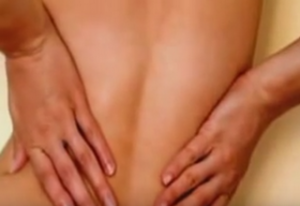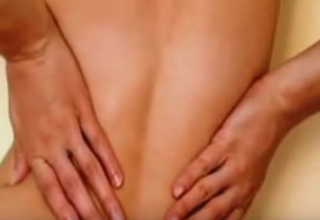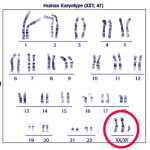Kidney pain and back pain can sometimes be difficult to distinguish and often confusing. However, there are ways in which you can zero into which kind of pain, you are really going through. At times, back pain and kidney pain can be similar in symptoms but their causes and indications are very different. Here are some of the characteristics that help distinguish kidney pain vs back pain
Differences based on location
Kidney pain is usually felt in the portion between the ribs and hips. It may be also experienced in the upper abdomen. Back pain is normally experienced anywhere in the lower back or on the buttocks.
Differences based on characteristics of the pain
With kidney pain, it occurs in waves or in cycles and is constant, until it lasts. In case of kidney stones, the pain is sharp and in case of kidney infection, the pain is not so severe. On the other hand, back pain is not constant and changes from time to time.
Distinguishing kidney pain and back pain based on causes
Mainly, kidney pain occurs when there’s internal bleeding to the kidney, kidney infections, kidney stones or cancer. In addition, dull aching pain in kidney can be caused due to polycystic kidney disease or gradual blockage of urine flow.
Back pain usually occurs due to inflammation. Back pain may also occur as a result of spinal injury, slipped discs, and muscle sprain. Sometimes back pain can be an indication of a more serious condition such as back bone fractures or cancer.
Dysfunctional relationships and stress play a major role in back pain, and in majority of pregnant women, lower back pain is a common thing. However, if in the third trimester, one is still experiencing back pain, it might be a serious situation that needs a checkup.

Differences between kidney pain and back pain based on symptoms
Signs and symptoms are the key factors when it comes to differentiating between kidney pain and back pain. The symptoms for kidney pain include;
- Fever
- Vomiting
- Nausea
- Swelling of body
- Excessive urination
- Blood in urine
The common symptoms associated with back pain are as follows;
- Numbness
- Muscle tightness in foot, toes etc
- Tenderness to touch
- Visible sprain
- Curved spine
Back pain has more physically visible and external symptoms whereas kidney pain has more internal symptoms.
Differences based on area of spreading
When we look at differences based on the area where the pain spreads, it is evident that kidney pain usually spreads to the lower abdomen and inner thighs whereas back pain spreads to the thigh, buttocks, foot, and one or either toes.
Differentiating the pains on basis of triggers
As it is important to note where and how the pain is generating from, it is equally important to understand what triggers the pain. You might need a health practitioner take on this one. Kidney pain is usually triggered by intake of fluids excessively whereas back pain is triggered by moving, sitting for long hours, and strenuous posture. You therefore find that back pain affects people who sit in offices the whole day.
Differences between kidney pain and back pain, based on intensity
One can differentiate back pain from kidney pain merely from the type of pain they feel.
Back pain is normally acute and can be categorized as either upper or lower back pain. Usually it should last up to a month however, any kind of back pain that lasts more than 3 months should be highly considered as chronic. Kidney pain, on the other hand, can either be mild if it is associated to kidney infections or considered severe if it is due to kidney stones.
Differences based on management and treatment
This is the most crucial bit of differentiating kidney pain to back pain. Kidney pain treatment varies depending on cause of the pain. Usually, kidney infections are treated by taking antibiotics to eradicate the pain and infection while in a severe case of kidney stones, surgery might be required or a transplant in the event that medication doesn’t work.
In the case of back pain, most cases are treated through administering pain relieving medications. In other cases, therapy is required either in form of physical therapy, massage therapy, and heat therapy acupressure among others. In severe though minimal cases, surgery is required after proper examination by a doctor on the cause and level of back pain.
In either cases, either back or kidney pain, the symptoms should not be ignored as they might lead to more serious damage or chronic ailment in future. You might be at risk of paralysis if your back pain is not properly treated. Similarly, you might lose a kidney or both if infection spreads and you’re not being treated with proper medication.
Seeking medical advice not only ensures that you are correctly diagnosed but also minimizes risks of treating the wrong pain and causing further damage to your body. It is also important to note the anatomical location of your kidneys and vertebrae so as to automatically differentiate between the two kinds of pain.

